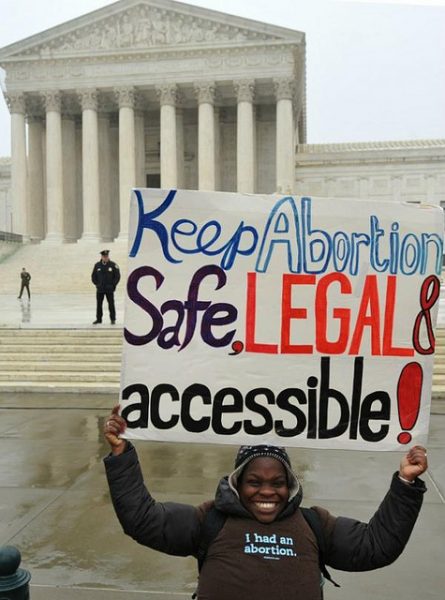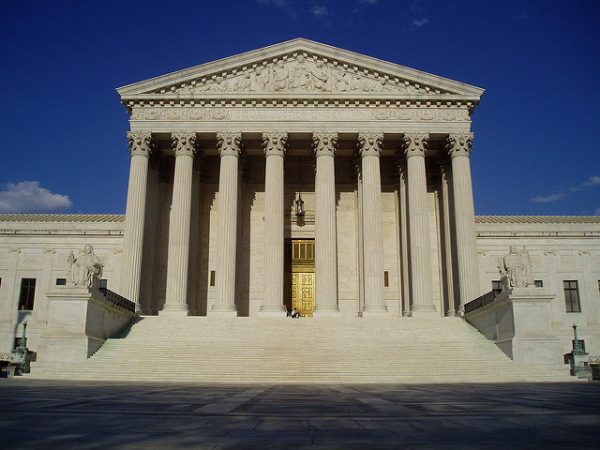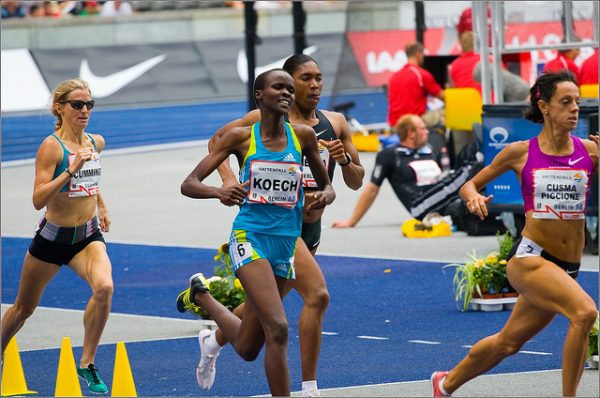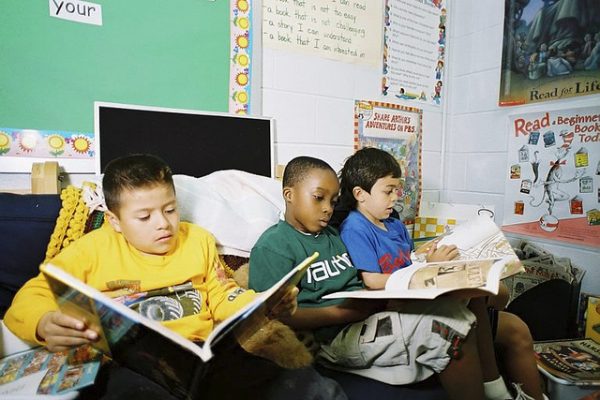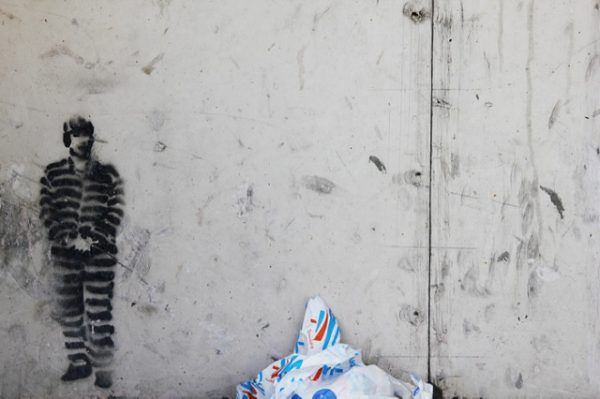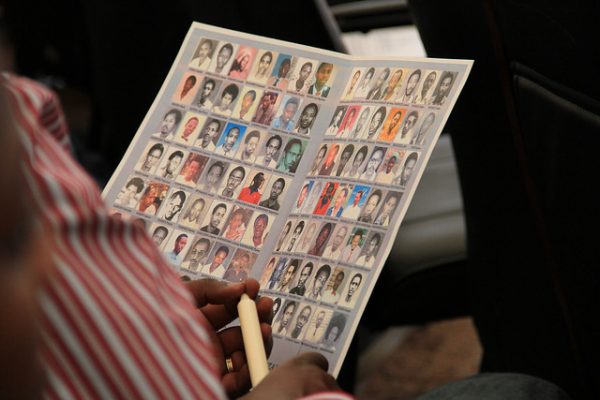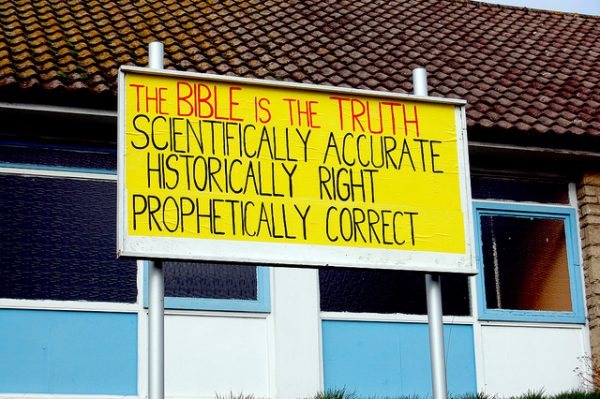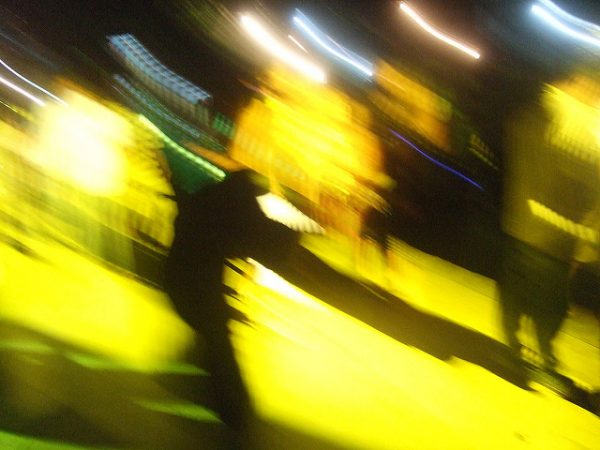
The word “rave”evokes different responses depending upon one’s generation. For many it symbolizes fun all-night dance parties with friends. While the public may be quick to associate rave culture with youth delinquency, social science explores the broader range of social, spiritual, and cultural elements of raves and electronic dance music (EDM). Raves began in 1980s Britain and quickly spread to the United States. Youth created these anti-establishment and and underground events to celebrate peace, love, unity, and respect — otherwise known as “PLUR.” However, heavy drug consumption resulted in media scrutiny and government crackdowns of these underground locations in the 1990s and early 2000s, pushing raves into more formal spaces like clubs.
- Tammy L. Anderson. 2009. “Understanding the Alteration and Decline of a Music Scene: Observations from Rave Culture.” Sociological Forum 24(2): 307-336.
- Tammy L. Anderson. 2014. “Molly Deaths and the Failed War on Drugs.” Contexts 13(4): 48-53.
- Shadi Kardan. 2003. “The Government’s New War on Drugs: Threatening the Right to Dance!” New England Journal on Criminal and Civil Confinement 29(1): 99-124.
Social scientists have explored raves and the electronic dance music scene from two different perspectives. The cultural perspective emphasizes a sense of community and empathy for its members as the roots of the scene. From this perspective, drug use enhances these experiences. The rave has been portrayed as a youth cultural phenomenon, characterized by belonging, self-expression, acceptance, camaraderie, escape, and solidarity, and where drugs — particularly ecstasy or “E” — are often central to the scene or tools in rebellion. From the public health perspective, excessive drug use is the defining feature of rave culture. Here raves and the electronic dance music scene are perceived as dangerous drug subcultures that increased drug-related health problems in the United States. However, some debate these claims and argue that the effects of ecstasy itself are linked to feelings of closeness and solidarity at raves.
- Philip R. Kavanaugh and Tammy L. Anderson. 2008. “Solidarity and Drug Use in The Electronic Dance Music Scene.” The Sociological Quarterly 49(1): 181-208.
While typically not linked to public perceptions of rave culture, some scholars connect raves and electronic dance music culture (EDMC) to religion and spirituality. In particular, scholars point to the non-Christian religiosity of rave’s dance “ritual,” likening it to the non-denominational “new church.” Further, EDM inherits its ritualistic, chanting, and percussive elements from African, Asian, and Indigenous cultures in North America, and African American, Latino, and gay communities in Chicago and New York City in the 1970s and 1980s. Thus, youth promoted raves as place of growth, sacredness, and unity, where youth were not divided through class, ethnicity, and gender.
- Graham St. John. 2004. “Introduction.” Pp. 1-15 in Rave Culture and Religion, edited by G. St. John. London and New York: Routledge.
- Graham St John. 2006. “Electronic Dance Music Culture and Religion: An Overview.” Culture and Religion 7(1): 1-25.
Though the shape and form of raves and rave culture continues to change, both cultural and public health scholars agree that these events are much more than sporadic, all night dance parties.


